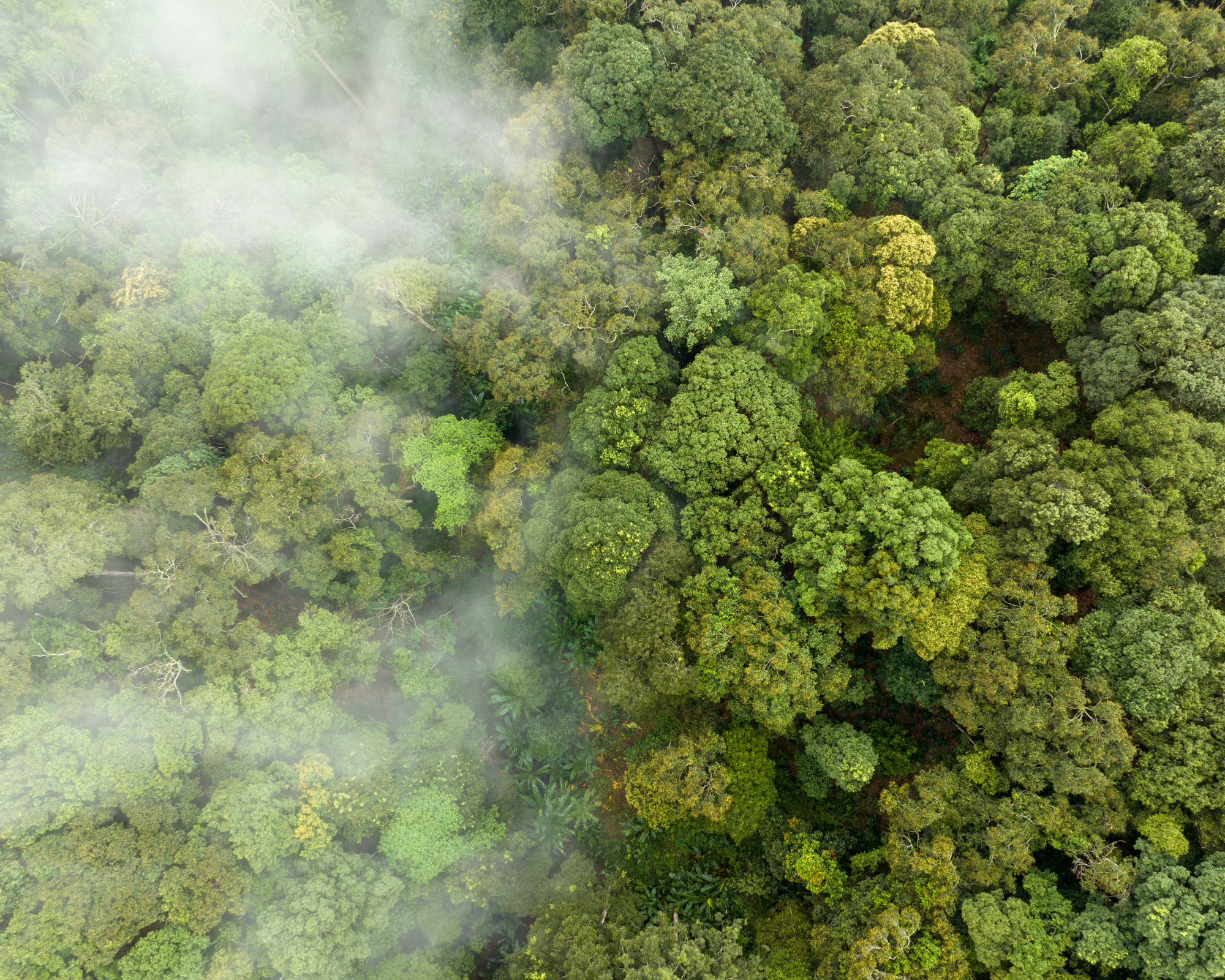After years of organising by activists, consumers, and people across the industry, governments are finally taking steps to regulate the fashion industry. But as a result, some brands are opting to be even less transparent than before. Here’s why so-called “greenhushing” is dangerous, and what needs to happen instead.
A worrying phenomenon on the rise
When it comes to improving fashion’s impact on the planet, time is running out. The latest Intergovernmental Panel on Climate Change (IPCC) report has issued humankind with a final warning that we have to act now on the climate crisis or it’ll be too late. We can, and must, halve global emissions by 2030.
For consumers, the trajectory can feel overwhelming. Leaving many asking “what’s my role in all this?” and “how can I make more sustainable choices?”. Clearly, greater transparency across fashion supply chains is critical for customers to play their part in tackling climate change, and indeed in driving greater action and accountability from brands and suppliers. We’ve seen some positive action here in recent years from stakeholders who’ve made efforts to communicate their sustainability impacts in a credible and consistent way—though far from enough.
But with green claims under the spotlight like never before, a worrying phenomenon is on the rise, known as “greenhushing”, putting much needed progress at risk.
So, what’s greenhushing?
Greenhushing is essentially the opposite of greenwashing, and both buzzwords speak to trends that are not new in fashion. For decades, companies have deliberately avoided communicating environmental impacts, for lack of concern or fear of being called out. More recently, as brands have noticed the increasing trend of people wanting to shop more sustainably, they’ve stepped up their marketing of “green” products, backed all too often by unsubstantiated claims. That’s why we created Good On You in 2016—to help the growing number of conscious shoppers see through the spin, avoid silent actors, and ultimately make better choices. Millions of shoppers have used our 5000-plus brand ratings to vote with their wallets for a better future.
Consumers have a right to know how brands impact the issues they care about. So the crackdown on greenwashing is undoubtedly important, and it’s coming from many directions.
Firstly, a rapidly growing demographic of conscious customers are demanding clearer information that covers all the issues they care about. They’re becoming wary of greenwashing and often don’t trust what brands have to say about their impacts. But as things stand, there is a confusing myriad of certifications, eco-labels, and reporting standards on sustainability issues in fashion. They tend to cover just one aspect of the supply chain and fail to take a product’s full life cycle into account. This all can leave consumers more frustrated than informed.
Secondly, scrutiny from regulators around the world is increasing—and it’s long overdue. Last month the European Union released its proposed new Directive to stop companies making misleading environmental claims. The aim of the Substantiating Green Claims Directive is to establish common criteria against greenwashing and misleading environmental claims, which is clearly important. But confusion is already mounting around what the Directive practically means, suggesting alignment on the rules are still years away.
Transparency is the bare minimum
In this context of greater scrutiny around green claims, it’s not surprising that fashion brands and retailers are taking a more careful approach to what they do and don’t say on these issues.
But the move to say nothing at all, as some brands have done, is concerning. In the midst of a climate emergency, brands have an even greater responsibility to disclose their impacts. Providing less information—for fear of falling foul of regulation or accusations of greenwashing—is dangerous. Greenhushing could lead to an alarming backslide on transparency, setting back the drive to make real progress in a more responsible fashion industry.
In the midst of a climate emergency, brands have an even greater responsibility to disclose their impacts.
In the midst of a climate emergency, brands have an even greater responsibility to disclose their impacts.
Full transparency may not be easy for an industry with complex supply chains, but it’s really the bare minimum we should expect. Consistency in data and disclosure is critical to consumers’ ability to make informed decisions.
Yet so few brands are actually taking strides in this direction. For example, when Good On You delved into ratings data from over 4,000 fashion brands at the end of last year, it found failings in this vital area. Significantly, 51% of large brands with greenhouse gas emissions targets do not state whether or not they’re on track to meet them. As a sector, we must do better than this.
Greenhushing is a path of no return
The way forward is for brands, retailers, and manufacturers to collaborate on publishing verifiable data about direct operations and supply chains—covering everything from where and how clothes were made, to what resources were consumed and how much pollution and waste was produced right across their life cycle. As a board advisor on transparency for the Sustainable Apparel Coalition (SAC), I’m advocating for brands to prioritise taking steps towards this. And, of course, transparency alone is not enough. We must bring stakeholders from all sides together, to align efforts and co-create solutions. Demonstrating progress against commitments is even more important to ensuring critical progress is being made over time, and industry bodies like the SAC have an important role to play to catalyse collective action and drive tangible impacts at scale.
Brands and retailers cannot be allowed to shirk their responsibilities to both people and the planet.
Brands and retailers cannot be allowed to shirk their responsibilities to both people and the planet.
Undoubtedly, we also need clear legislative frameworks to ensure fashion brands, retailers, and manufacturers communicate consistent and accurate information to their stakeholders. More definitive and unified frameworks will help alleviate brands’ concerns about greenwashing and create space for less greenhushing, ultimately empowering consumers to make better choices and hold the industry to its promises.
As the window in which we can act on the climate crisis rapidly closes, brands and retailers cannot be allowed to shirk their responsibilities to both people and the planet. By not being transparent on their impacts, companies are choosing to set the sector on a path of no return. And this is not a viable option.




















